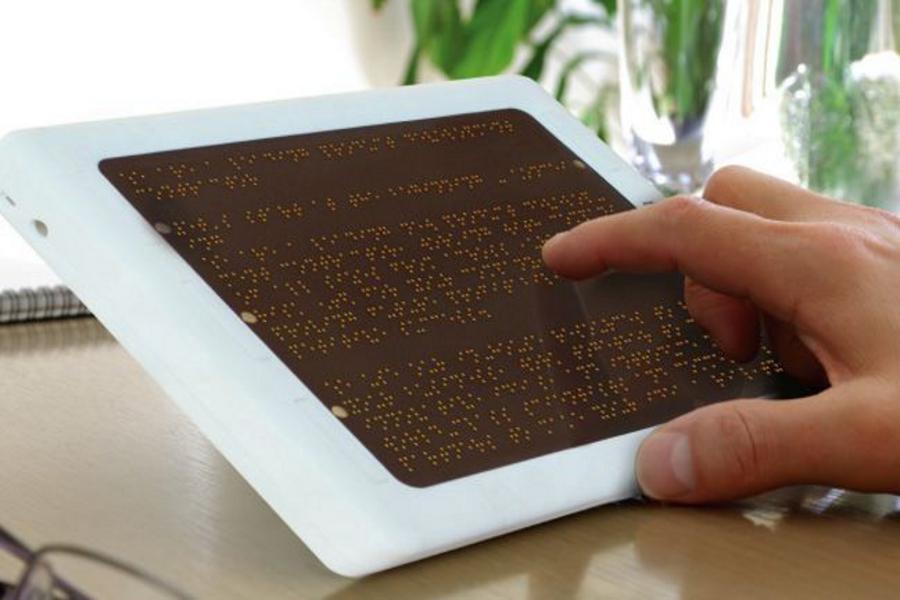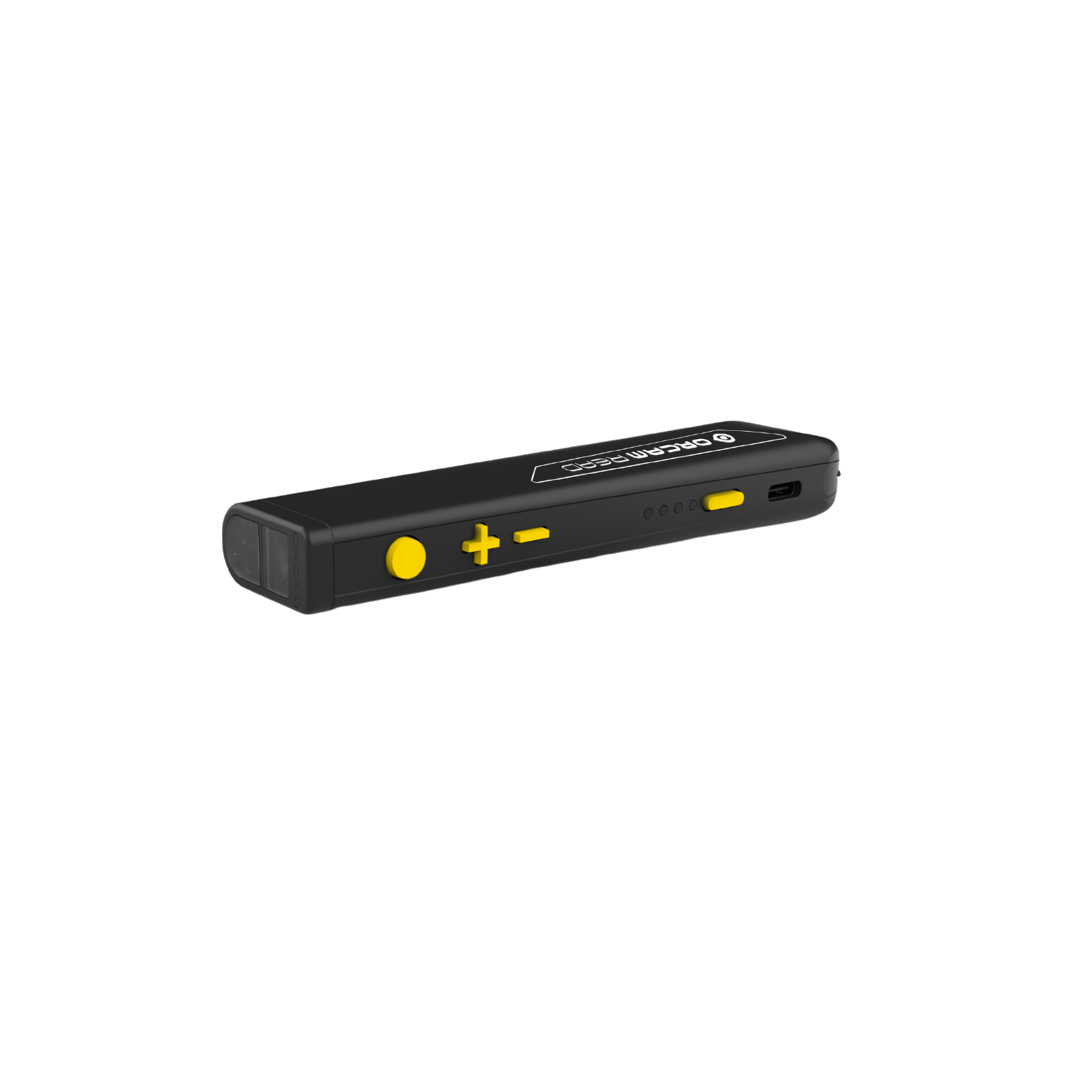Discover Cutting-edge Devices Made for the Aesthetically Damaged
The growth of ingenious tools for the aesthetically damaged represents a significant innovation in ease of access and independence. Technologies such as wise glasses with AI capabilities and mobile applications created to provide acoustic summaries are reshaping day-to-day experiences for users.
Smart Glasses for Navigating

Smart glasses designed for navigating are changing the method visually damaged people communicate with their environment. These innovative tools use a combination of electronic camera modern technology, man-made intelligence, and acoustic comments to provide real-time details regarding surroundings. By using challenge discovery systems, wise glasses can alert customers to prospective hazards, making it possible for much safer flexibility in both acquainted and unfamiliar setups.
The integration of GPS modern technology additionally enhances navigating capabilities, enabling users to get auditory directions as they relocate. This hands-free method not just fosters freedom but additionally equips aesthetically impaired people to browse metropolitan landscapes with raised confidence. In addition, many wise glasses are equipped with functions that recognize landmarks and street signs, giving contextual details that enhances the individual experience.
Moreover, the advancement of these tools is continually advancing, with business functioning to boost the accuracy of item acknowledgment and increase the series of navigational functions. As wise glasses come to be much more easily accessible and economical, they hold the prospective to dramatically change life for visually impaired individuals. Eventually, these ingenious devices stand for an essential step toward inclusivity, offering improved wheelchair and a greater feeling of autonomy for individuals navigating the world around them.

Mobile Application for Daily Living
How can mobile applications boost the day-to-days live of aesthetically damaged individuals? Mobile applications are revolutionizing the method aesthetically impaired users browse their environments, take care of daily jobs, and access info. These applications provide necessary assistance through different performances, promoting self-reliance and improving lifestyle.
Numerous innovative mobile apps are developed particularly for everyday living. Apps like Be My Eyes connect visually damaged individuals with sighted volunteers by means of video clip calls, permitting them to obtain real-time aid with jobs such as reading labels or browsing unfamiliar rooms. Seeing AI, developed by Microsoft, uses artificial knowledge to describe environments, read message, and identify objects, successfully changing a smart device into an effective device for daily assistance.
In addition, navigating applications tailored for the aesthetically impaired, such as Aira and BlindSquare, offer audio-based directions and ecological info, making it possible for users to traverse their environments securely and confidently. Beyond navigation and immediate aid, mobile apps also support organization and job management, with functions that aid individuals establish reminders, produce to-do lists, and track visits. In recap, mobile applications act as indispensable sources, equipping visually damaged people to lead even more independent and fulfilling lives.
Wearable Technologies for Assistance
Empowerment with technology is progressively noticeable in the world of wearable devices made to help visually impaired people. These cutting-edge devices integrate flawlessly into every day life, enhancing navigating and providing crucial feedback to individuals. For instance, smart glasses equipped with cams can check out and recognize faces text out loud, permitting customers to interact more confidently in expert and social setups.
One more significant improvement is making use of haptic comments systems in wearable tools. These systems make use of resonances or other responsive signals to share details regarding the user's atmosphere, such as challenges or changes in surface, boosting wheelchair and security. Wearable innovations additionally consist of wristbands that link to mobile phones, notifying users to alerts via subtle vibrations, therefore boosting connection without reliance on visual signs.
As these innovations remain to progress, they are not just boosting freedom for visually impaired individuals but also promoting a higher sense of addition in culture. By connecting the void between difficulties encountered in daily living and the potential for autonomy, wearable technologies serve as pivotal tools in the quest for equality and empowerment for those with visual impairments.
Audio Summary Tools
Audio description tools play an important function in improving accessibility for aesthetically damaged people, offering them with the capability to engage with aesthetic media. Braille displays and notetakers. These devices use narrated descriptions of vital visual aspects in movies, television programs, and live performances, ensuring that customers can totally comprehend the context and feelings conveyed via visuals
Sound description can be incorporated into different systems, including streaming services, cinema screenings, and live cinema. Several popular streaming services now consist of audio summary as an ease of access attribute, enabling visitors to choose it conveniently. Along with conventional media, specialized apps likewise exist, providing audio descriptions for art exhibits, galleries, and various other social occasions.
The efficiency of audio summary pivots on the ability of the storytellers, that must convey aesthetic details succinctly without diminishing the initial sound. Innovations check it out in this field are also leading the way for even more tailored experiences, where customers can readjust the degree of information and pacing according to their preferences.
Braille Innovations and Devices
Braille tools and technologies have actually significantly changed the means visually damaged people interact discover this with message and info. Modern innovations have led to the development of versatile tools that enhance literacy and independence among individuals.
Additionally, mobile Braille notetakers incorporate typical Braille input with modern-day capabilities, promoting note-taking, organizing, and document editing and enhancing on the move. Mobility aids for visually impaired users. These compact devices frequently include text-to-speech abilities, bridging the void in between Braille and auditory information
Furthermore, innovative Braille printers have arised, permitting individuals to create Braille labels, records, and instructional products effectively. This availability promotes greater engagement in expert and academic environments, inevitably promoting inclusivity.
Furthermore, study into wise Braille innovations continues to increase. Tools that incorporate expert system are being checked out to offer real-time navigating help and contextual info, enhancing the customer experience in diverse setups. In general, these technologies show a dedication to equipping visually damaged individuals with modern technology, ensuring they can easily accessibility and engage with the globe around them.

Conclusion
The development of ingenious tools for the visually damaged dramatically boosts self-reliance and lifestyle. Smart glasses, mobile applications, wearable innovations, audio description devices, and Braille technologies jointly equip people by offering crucial navigation help, environmental understanding, and improved reading experiences. These innovations not just foster better inclusion but additionally advertise autonomy in daily tasks, eventually contributing to an extra equitable and accessible culture for visually damaged individuals. Proceeded advancement in this field holds assurance for additional improvements.
As smart glasses become a lot more cost effective and accessible, they hold you could try this out the possible to significantly transform day-to-day life for visually damaged users. Mobile apps are reinventing the means visually impaired individuals navigate their settings, take care of daily tasks, and gain access to details. Applications like Be My Eyes attach visually impaired users with sighted volunteers by means of video phone calls, enabling them to obtain real-time assistance with tasks such as checking out labels or browsing unknown rooms.In addition, navigation apps tailored for the visually impaired, such as Aira and BlindSquare, provide audio-based directions and environmental info, making it possible for customers to traverse their environments securely and with confidence.The advancement of innovative tools for the visually damaged significantly enhances independence and quality of life.